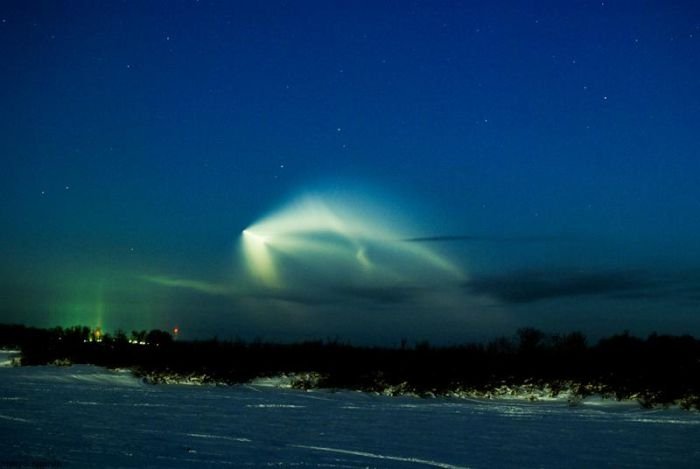|
|
Space Launch, Russia
|
Gaining the kinetic energy is awkward as the airdrag tends to slow the spacecraft, so rocket powered spacecraft generally fly a compromise trajectory that leaves the thickest part of the atmosphere very early on, and then fly on for example, a Hohmann transfer orbit to reach the particular orbit that is required. This minimises the airdrag as well as minimising the time that the vehicle spends holding itself up. Airdrag is a significant issue with essentially all proposed and current launch systems, although usually less so than the difficulty of obtaining enough kinetic energy to simply reach orbit at all.
• Escape velocity
If the Earth's gravity is to be overcome entirely then sufficient energy must be obtained by a spacecraft to exceed the depth of the gravity potential energy well. Once this has occurred, provided the energy is not lost in any non conservative way, then the vehicle will leave the influence of the Earth. The depth of the potential well depends on the vehicle's position, and the energy depends on the vehicles speed. The kinetic energy exceeds the potential energy then escape occurs. At the Earths surface this occurs at a speed of 11.2 km/s, but in practice a much higher speed would be needed due to airdrag.
|
|









